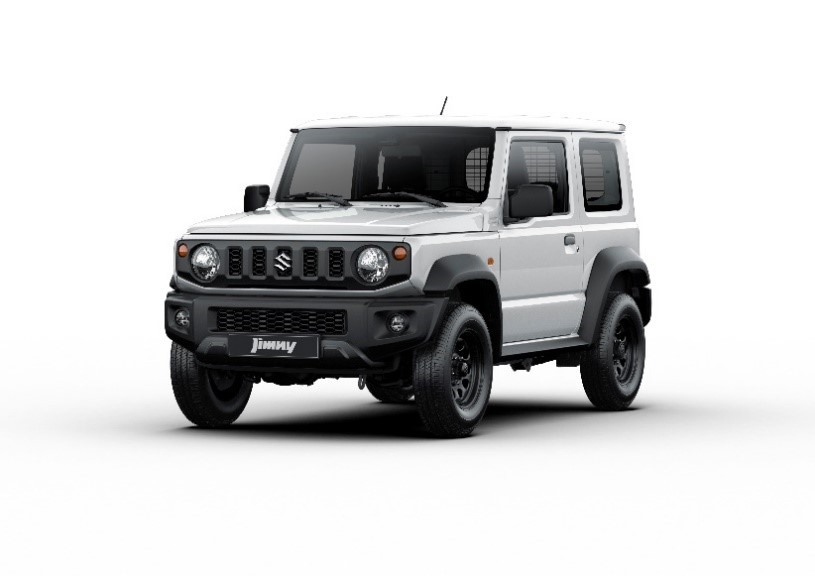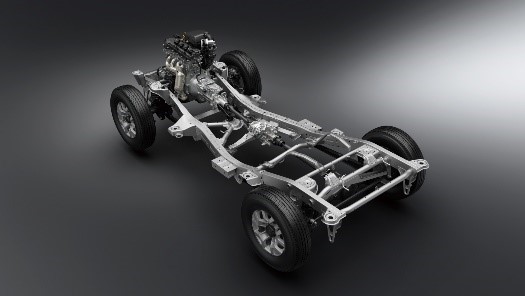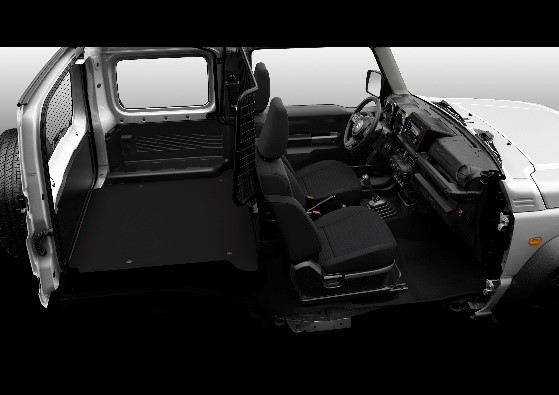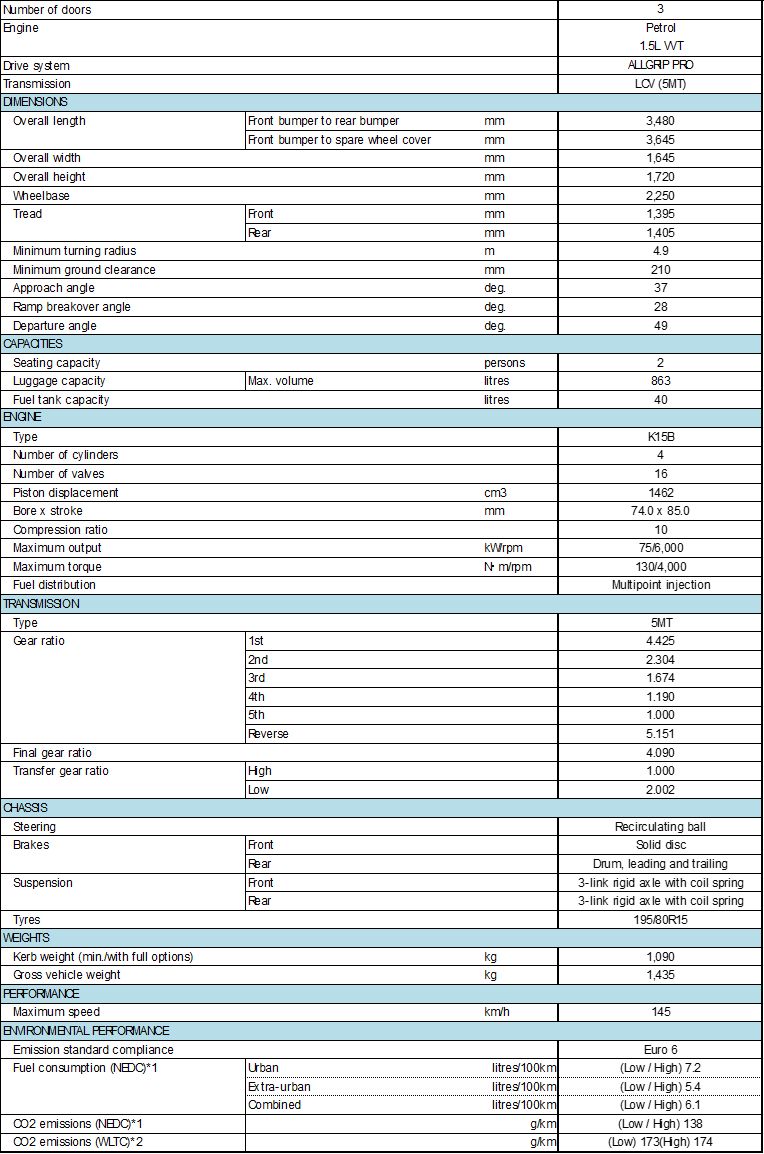news
Suzuki Introduces the Jimny Light Commercial Vehicle in Europe
Suzuki has introduced a new 2-seater light-commercial vehicle version of its small and lightweight off-roader, the Jimny. Since its launch in 2018, the model has attracted both private-users and professionals who seek for an authentic off-road performance. To further meet the needs of professionals, the new Jimny light commercial vehicle model comes with a large luggage compartment with a flat floor and safety cargo partition.
New Jimny light commercial vehicle highlights

- Authentic off-road performance
The light commercial vehicle model features the same authentic, uncompromising off-roading performance desired by professionals as the passenger vehicle model with key essentials – a ladder frame, the three angles, 3-link rigid axle suspension and ALLGRIP PRO, a part-time 4WD system with low range transfer gear.


- Practical luggage space
For enhanced utility, the light commercial vehicle model has a large 863-litre capacity, 33 litre more than the passenger vehicle model when rear sear seats are folded down, with a flat floor for better practicality and safety partition that protects cargoes moving into the cabin.
- Advanced safety features
For enhanced peace of mind on driving both on- and off-road, the light commercial vehicle model comes equipped with the same safety features as the passenger vehicle model including Dual Sensor Brake Support (DSBS) which employs automatic brake to help avoid a collision, and hill hold and descent control that support driving on slopes. In addition, eCall, an emergency messaging function in case of a collision is newly added.
Major Specifications

Specification may be changed without prior notice.
All figures are manufacture’s data and may vary for each market.
*1 NEW European Driving Cycle
*2 Worldwide harmonized Light-duty vehicles Test Cycle
This is a new test cycle which is part of the requirements of WLTP (Worldwide harmonized Light vehicle Test Procedure).
WLTP aims to be used as a global test cycle so that pollutant, CO2 emissions, and fuel consumption figures would be comparable worldwide.
Under WLTP, CO2 and fuel consumption are measured and shown in 2 figures, "Low" (lightest) and "High" (heaviest).


